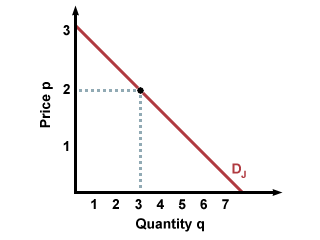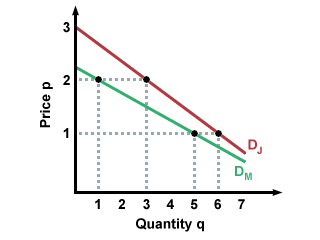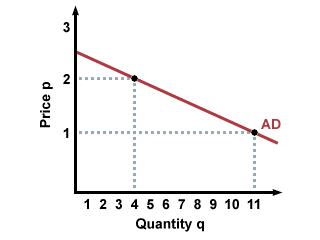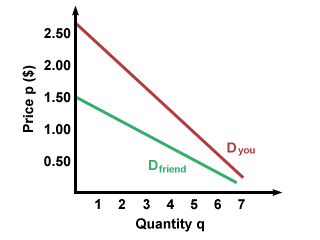Please wait while we process your payment
If you don't see it, please check your spam folder. Sometimes it can end up there.
If you don't see it, please check your spam folder. Sometimes it can end up there.
Please wait while we process your payment

By signing up you agree to our terms and privacy policy.
Don’t have an account? Subscribe now
Create Your Account
Sign up for your FREE 7-day trial
By signing up you agree to our terms and privacy policy.
Already have an account? Log in
Your Email
Choose Your Plan
Individual
Group Discount
Save over 50% with a SparkNotes PLUS Annual Plan!
 payment page
payment page
Purchasing SparkNotes PLUS for a group?
Get Annual Plans at a discount when you buy 2 or more!
Price
$24.99 $18.74 /subscription + tax
Subtotal $37.48 + tax
Save 25% on 2-49 accounts
Save 30% on 50-99 accounts
Want 100 or more? Contact us for a customized plan.
 payment page
payment page
Your Plan
Payment Details
Payment Summary
SparkNotes Plus
You'll be billed after your free trial ends.
7-Day Free Trial
Not Applicable
Renews July 10, 2025 July 3, 2025
Discounts (applied to next billing)
DUE NOW
US $0.00
SNPLUSROCKS20 | 20% Discount
This is not a valid promo code.
Discount Code (one code per order)
SparkNotes PLUS Annual Plan - Group Discount
Qty: 00
SparkNotes Plus subscription is $4.99/month or $24.99/year as selected above. The free trial period is the first 7 days of your subscription. TO CANCEL YOUR SUBSCRIPTION AND AVOID BEING CHARGED, YOU MUST CANCEL BEFORE THE END OF THE FREE TRIAL PERIOD. You may cancel your subscription on your Subscription and Billing page or contact Customer Support at custserv@bn.com. Your subscription will continue automatically once the free trial period is over. Free trial is available to new customers only.
Choose Your Plan
This site is protected by reCAPTCHA and the Google Privacy Policy and Terms of Service apply.
For the next 7 days, you'll have access to awesome PLUS stuff like AP English test prep, No Fear Shakespeare translations and audio, a note-taking tool, personalized dashboard, & much more!
You’ve successfully purchased a group discount. Your group members can use the joining link below to redeem their group membership. You'll also receive an email with the link.
Members will be prompted to log in or create an account to redeem their group membership.
Thanks for creating a SparkNotes account! Continue to start your free trial.
We're sorry, we could not create your account. SparkNotes PLUS is not available in your country. See what countries we’re in.
There was an error creating your account. Please check your payment details and try again.
Please wait while we process your payment

Your PLUS subscription has expired
Please wait while we process your payment
Please wait while we process your payment

Two Approaches to Demand
Economists graphically represent the relationship between product price and quantity demanded with a demand curve. Typically, demand curves are downwards sloping, because as price increases, buyers are less likely to be willing or able to purchase whatever is being sold. Each individual buyer can have their own demand curve, showing how many products they are willing to purchase at any given price, as shown below. This graph shows what Jim's demand curve for graham crackers might be:

To find out how many boxes of graham crackers Jim will buy for a given price, extend a perpendicular line from the price on the y-axis to his demand curve. At the point of intersection, extend a line from the demand curve to the x-axis (perpendicular to the x-axis). Where it intersects the x-axis (quantity) is how many boxes of graham crackers Jim will buy. For instance, in the graph above, Jim will buy 3 boxes when the price is $2 a box.
Typically, economists don't look at individual demand curves, which can vary from person to person. Instead, they look at aggregate demand, the combined quantities demanded of all potential buyers. To do this, add the quantities which buyers are willing to buy at different prices. For instance, if Jim and Marvin are the only two buyers in the market for graham crackers, we would add how many they are willing to buy at price p=1 and record that as aggregate demand for p=1. Then we would add how many they are willing to buy at price p=2 and record that as aggregate demand for p=2, and so on. This results in the following graph of aggregate demand for graham crackers:


This method is called horizontal addition because you look at a price level, and add the separate quantities demanded across that price level, giving you total quantity demanded for that price.
There are many factors that can affect demand quantity, including income, prices, and preferences. Let's look at one good to see how this works. How much are you willing to pay for a cold soda? If you recently got a raise at your job, you might not mind buying a pricier soda, even if you don't need it. Your friend who has less money, however, might pick a generic brand, or they might stick with tap water. Below are possible demand curves for you (with your big raise) and your friend (without your big raise). Note that you are willing to buy more soda than your friend is:

What if soda cost a dollar yesterday and costs two dollars today? That might make you think twice about getting the same soda you drank yesterday. Likewise, if it cost two dollars yesterday and a dollar today, you might be more willing to buy the soda than usual. We can see this on the graph on a single demand curve. When the price is a dollar, the quantity demanded is higher than when the price is two dollars. What this means in the real world is that if two companies charge different prices for the same good, the company that charges a lower price will get more customers. (Exceptions to this general rule may occur when there is a real or perceived difference in quality of the goods being sold).
Please wait while we process your payment

